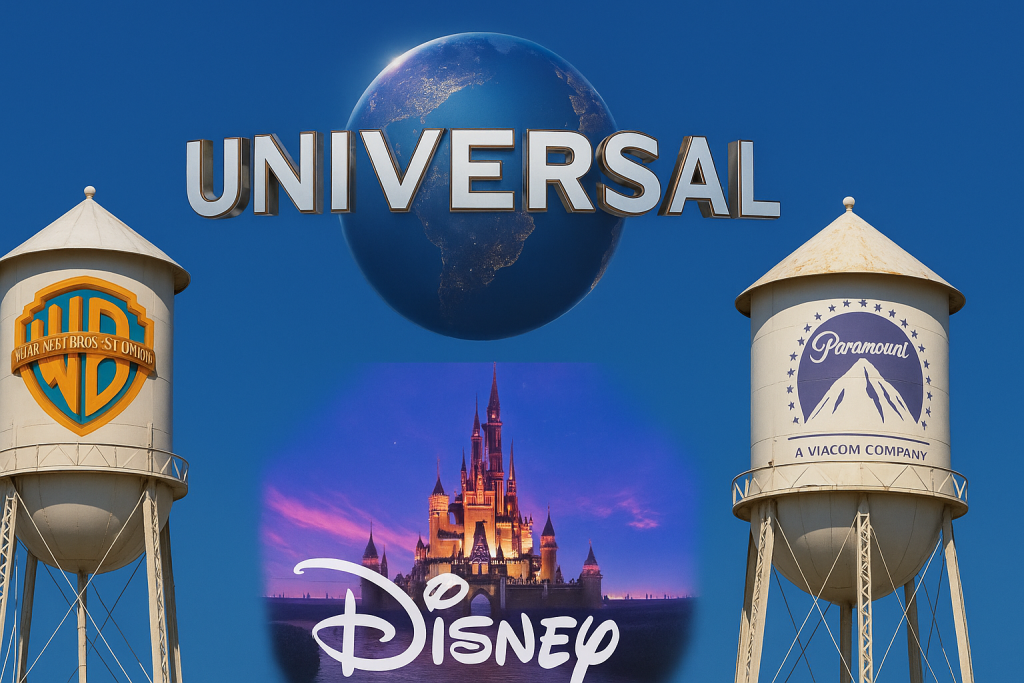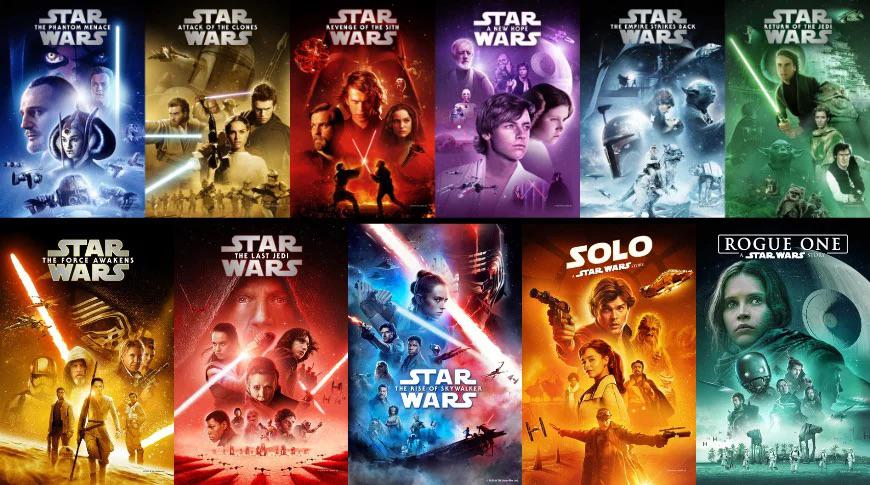Introduction: Lights, Camera, Investment
The global film industry has always been an intriguing blend of art and commerce. The audience rushes to theaters or streaming sites for the magic of storytelling, while behind these curtains lies a murky financial structure that helps finance such productions. Investment funds have given every major picture in history, from the days of early Hollywood glamour to today’s multibillion-dollar cinematic universes. Studios today are not only creative centers but also global corporations, attracting substantial funding from both institutional and private investors. With revenues from the box office reaching billions and bids from streaming platforms coming in thick and fast for exclusive content, financing is more relevant than ever to the industry.

In this high-stakes environment, the relationship between capital markets (places where savings and investments are channeled between suppliers and those in need) and the entertainment sector becomes particularly interesting. Global finance companies increasingly interact with the media industry, either through direct investments (buying ownership in studios or projects) or by including entertainment giants in their portfolios (a collection of financial assets or shares). A notable example is Freedom Holding Corp, which is known for maintaining a diverse portfolio that can include shares of leading film companies. This type of investment not only strengthens the financial base of these studios but also demonstrates how international investors view entertainment as a long-term investment opportunity to grow their capital. Ultimately, the bright lights of Hollywood are fueled not only by creativity but also by carefully aligned financial motivations from these types of entities.
1. The Walt Disney Company
Founded in 1923 by Walt and Roy Disney, Disney started out as a small animation studio producing shorts and has grown into a global entertainment empire. Presently, it boasts tremendous content power, owning giants such as Marvel, Pixar, Lucasfilm, and 20th Century Studios. Disney has distributed some of the highest-grossing films in cinema history, including the likes of “Avengers: Endgame,” “The Lion King,” and “Star Wars: The Force Awakens.” Their franchises watch box offices everywhere around the globe. With a market capitalization—meaning the total value of all its shares—of over $200 billion, Disney is one of the most valuable media companies in the world. Investments in streaming, theme parks, and new technologies ensure the company’s existence for decades to come.
2. Warner Bros. Discovery
Going back over a hundred years, it is among the oldest Hollywood companies, having been established in 1923. It is now a media giant with dominance over both film and television after a merger with Discovery. It is synonymous with titles like “Harry Potter,” “The Matrix,” “The Dark Knight,” and the current multi-billion dollar-grossing blockbuster “Barbie.” It almost carries a century’s worth of film from history. With its valuation—an estimate of its total worth—being in the tens of billions, Warner Bros. Discovery remains attractive to investors. These investors provide capital (money used for investment) for franchise expansions, modernizing film production, and Darcy integration into streaming services such as Max.
3. Universal Pictures (Comcast)
Founded in 1912, Universal is among the oldest surviving film studios. Today, under the ownership of Comcast via its NBCUniversal subsidiary, Universal continues to create the biggest box office hits. With its massive franchises of “Jurassic World,” “Fast & Furious,” “Despicable Me,” and “The Super Mario Bros. Movie,” Universal films have brought in billions in revenue all over the world. Universal Pictures is a heavyweight within Comcast’s entertainment portfolio, which spans hundreds of billions. Universal stands as one of the very strongest studios in the industry, with huge investments into visual effects, distribution worldwide, and franchise building.
4. Paramount Pictures
Paramount Pictures was founded in 1912 as one of the “Big Five” Hollywood studios. It has recently consolidated with Skydance Media in a billion-dollar deal that allows it to make more blockbuster content. From the studio that gave us period-defining work like “Titanic,” “Transformers,” and the “Star Trek” series, Paramount now holds global audience appeal with many more offerings in the pipeline. Paramount’s merger with Skydance brought fresh capital and production capacity from less than 10 films a year to over 15. Now, backed by two very powerful businessmen, tech billionaire Larry Ellison and Skydance founder David Ellison, the studio is set for even greater global dominance.
5. Sony Pictures Entertainment
Sony had entered the Hollywood landscape in 1989 via the purchase of Columbia Pictures. Since then, the company has been building itself through Columbia, TriStar, and Screen Gems as a varied producer of content. Sony is most famous now for its “Spider-Man” franchise, which has made billions from the box office alone. Other big hits have been “Resident Evil,” “Jumanji,” and many Oscar-winning dramas as well. Sony Pictures definitely contributes to making the Sony Group’s overall market capitalization well over $100 billion. Recent strategic investments, such as the attempted joint offer for Paramount, illustrate how the company strives to remain at the forefront of global entertainment.
Final Thoughts
The five studios—Disney, Warner Bros., Universal, Paramount, and Sony-great names in the preservation of the heart of cinema and capital-are ageless institutions: they are clad in a storied history combined with billion-dollar franchises, market dominion, and capital in movement. From institutional investors to billionaire backers, capital keeps flowing into these creative empires.
However, while the industry is undergoing metamorphosis, one constant remains: capital still has parity with creativity. These studios stand as the perfect example of how art convinces business into bringing stories for audiences to be exhibited on the greatest of screens worldwide.










